Dodge Troubleshooter
Practical solutions to tackle Dodge and Chrysler automotive challenges – your go-to resource for issue resolution.
Latest Article
- Ram eTorque problems: Key Issues and Concerns
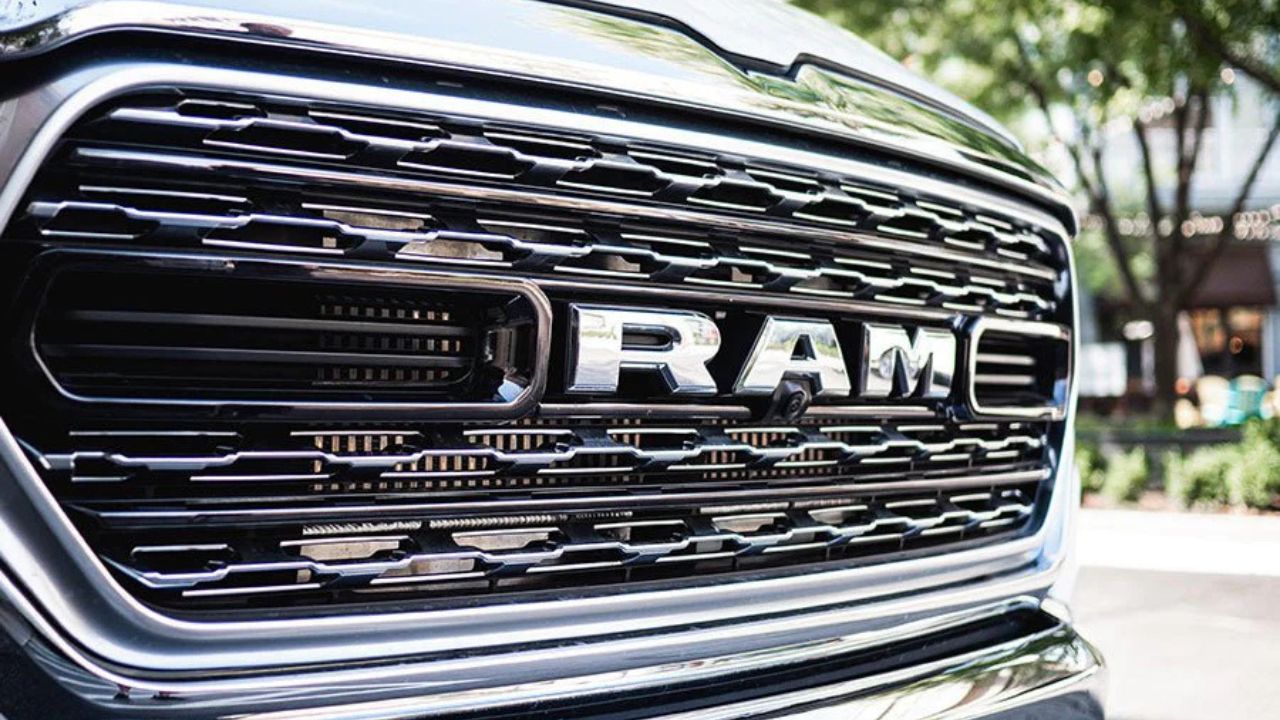
- Dodge Charger Throttle Body Problems: Diagnosis and Fixes
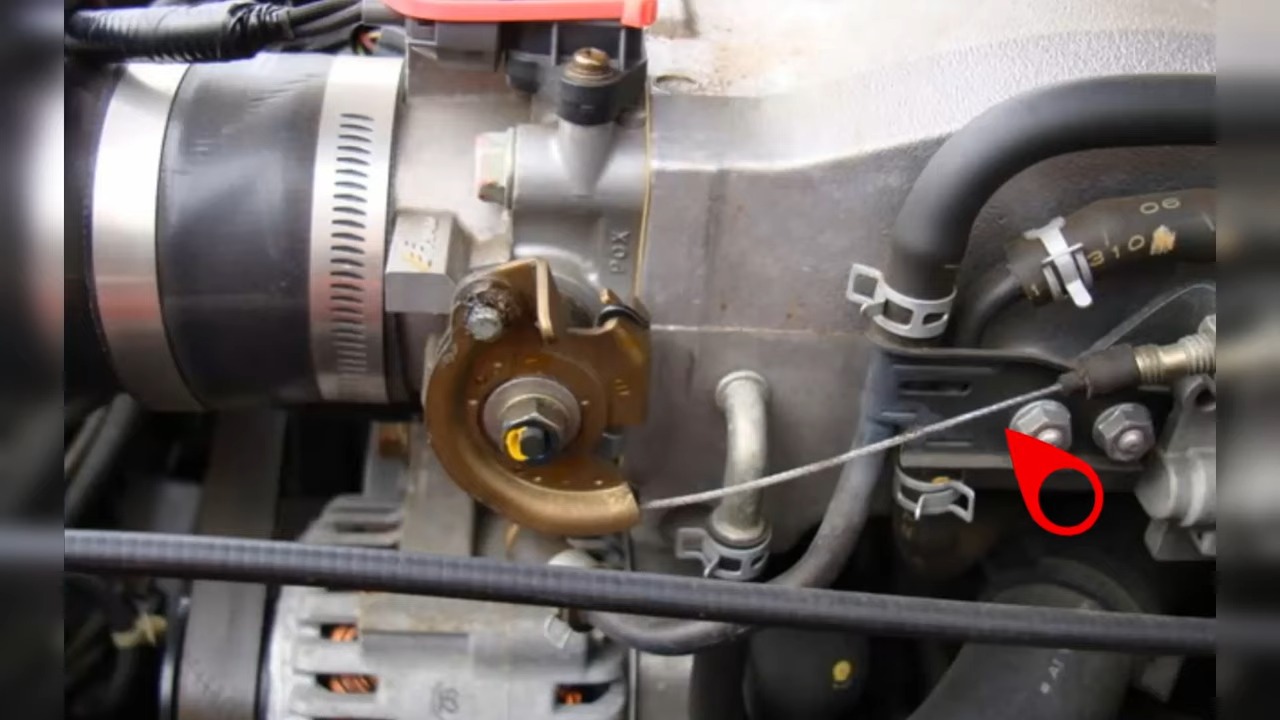
- Dodge Charger Ticking Noise When Accelerating: Common Causes and Concerns
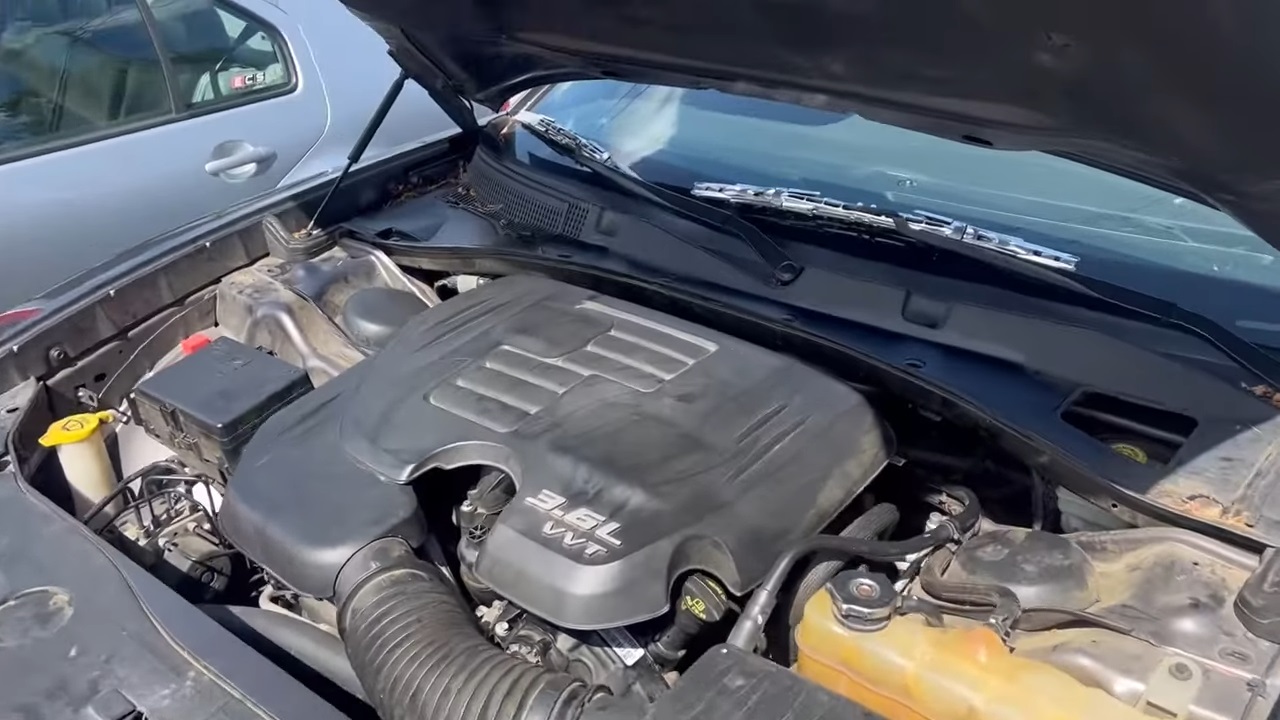
- Dodge Charger Transmission Problems
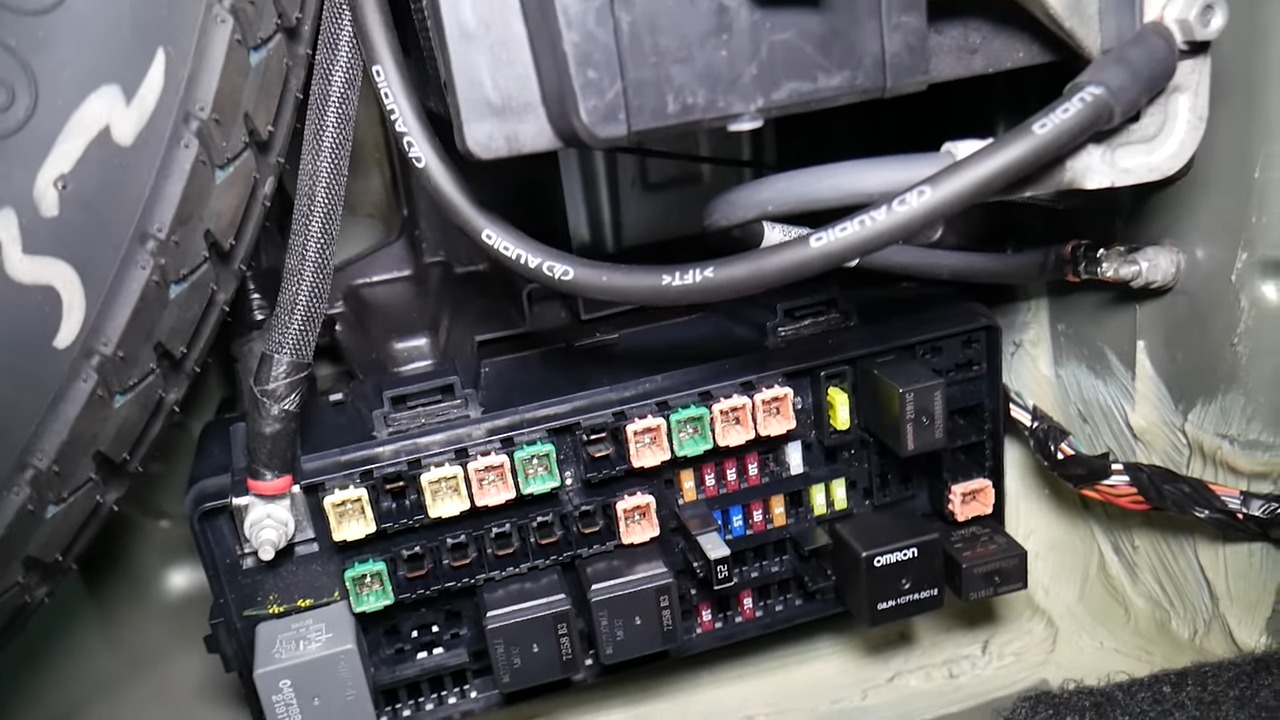
- 12 Common Problems with Dodge Chargers
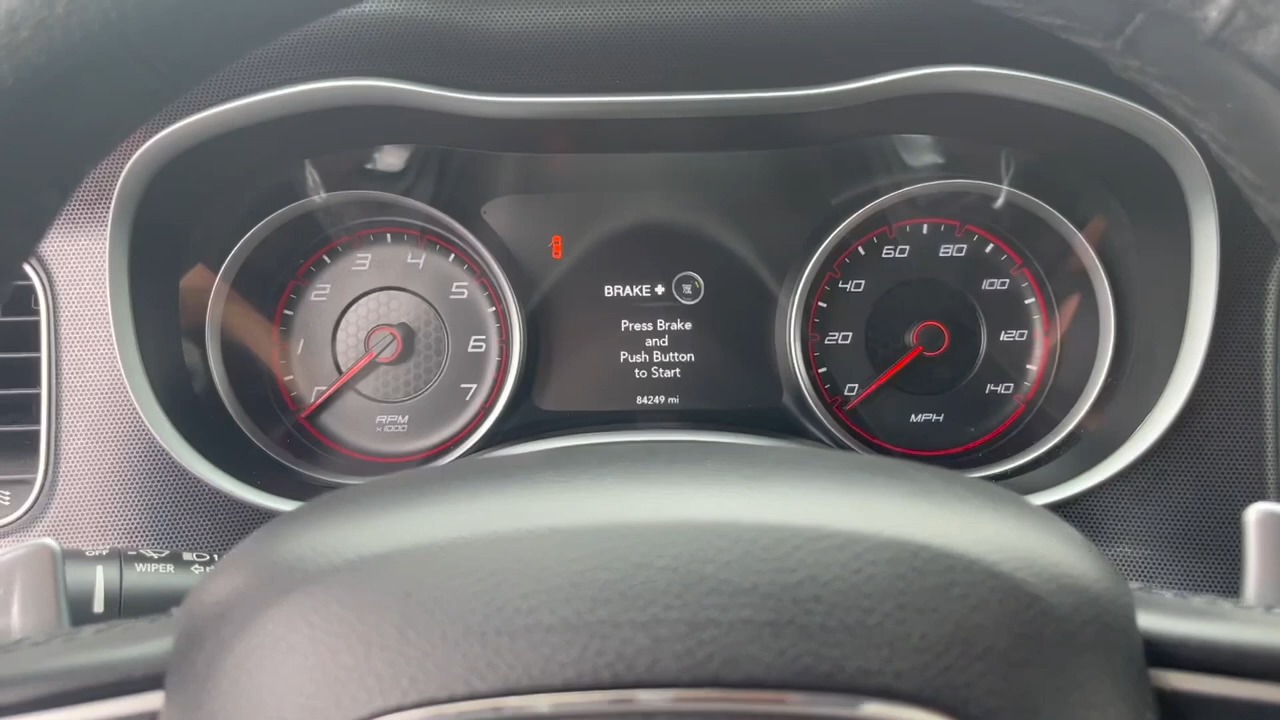
- How to Clean Fuel Injectors on a Dodge Ram 1500

Subscribe for Updates!
Subscribe to be the first to learn about a new Article
